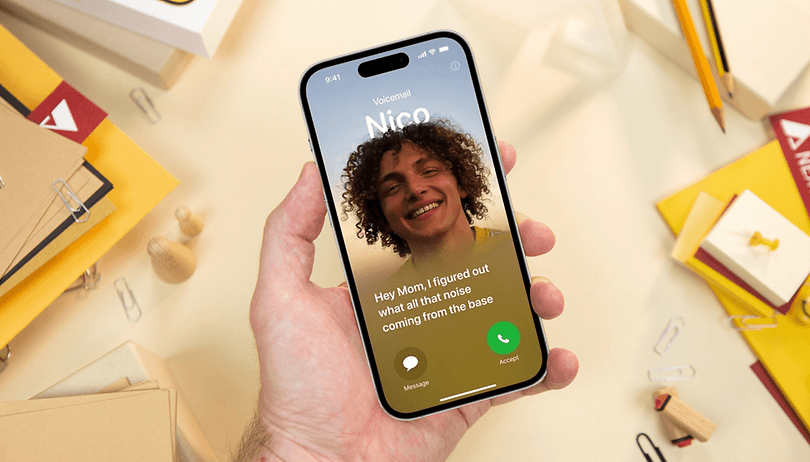
With the introduction of iOS 18, Apple has redefined the voicemail experience with Live Voicemail, a feature designed to make missed calls more interactive and manageable. Live Voicemail transcribes messages in real-time, giving users the option to either listen to the voicemail or read a transcription as it’s being left. This innovative approach to voicemail strikes a balance between convenience and control, offering users a modern solution to an old-school problem.
While reactions to Live Voicemail have been mixed, it undeniably offers a glimpse into Apple’s vision of seamless communication. For some, it’s a game-changer that makes voicemail more accessible, while others view it as just another feature to disable. Love it or leave it, Live Voicemail is enabled by default in iOS 18, making it one of the most talked-about updates in Apple’s latest operating system.
A Closer Look at How Live Voicemail Works
Apple’s Live Voicemail transforms the way users interact with unanswered calls, blending real-time transcription with intuitive functionality. Here’s how it works:
Automatic Answering
When an incoming call goes unanswered, Live Voicemail takes over, allowing the caller to leave a message as usual.
Real-Time Transcription
As the caller speaks, their message is transcribed in real-time and displayed on the user’s screen. This allows users to quickly assess the urgency of the voicemail without needing to play it back.
Dual Playback Options
Users can choose to either listen to the voicemail or read the transcription. This flexibility is ideal for situations where audio playback may not be feasible, such as in meetings or public spaces.

On-Device Storage
The audio and text versions of the voicemail are stored locally on the device, ensuring both accessibility and privacy.
Custom Greetings
For a more personalised touch, users can set custom voicemail greetings through the Phone app’s settings, making the feature suitable for personal and professional use.
Storage and Privacy
One of Live Voicemail’s standout features is its commitment to privacy. All recordings and transcriptions are processed locally on the iPhone, eliminating the need for cloud-based storage or external servers. This means your voicemails remain on your device, providing peace of mind for privacy-conscious users. Apple’s on-device processing not only enhances security but also ensures that the feature operates efficiently without requiring an internet connection. It’s a testament to Apple’s ongoing focus on safeguarding user data while delivering advanced functionality.
Language Support and Transcription Quality
Currently, Live Voicemail’s transcription works best in English, with limited support for a few other languages. For callers using non-supported languages, the transcriptions may be inaccurate or even garbled, especially in the case of regional languages of India. While this limitation may be a drawback for some users, Apple is expected to expand language support in future updates. For now, users relying on English can enjoy highly accurate transcriptions, making Live Voicemail particularly useful in professional and personal contexts.
Turning Off Live Voicemail

Not every user will find Live Voicemail indispensable, and thankfully, Apple provides an easy way to disable it. If you prefer to manage your voicemails the traditional way, here’s how to turn off the feature:
- Open the Settings app.
- Scroll to the Phone section.
- Tap on Live Voicemail and toggle it off.
If you change your mind, re-enabling Live Voicemail is just as straightforward, simply return to the settings and toggle it back on.
Apple continues to iterate and expand on Live Voicemail, potentially improving transcription quality and language support. The company is paving the way for a smarter, more intuitive voicemail experience. Whether you embrace or disable it, Live Voicemail reflects Apple’s knack for transforming the simplest features into something uniquely valuable.

